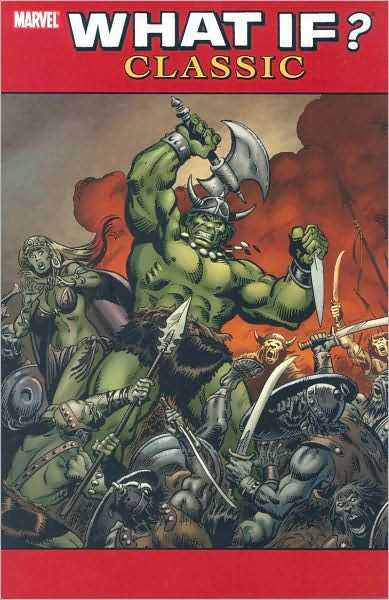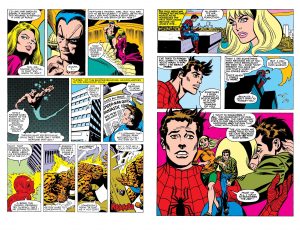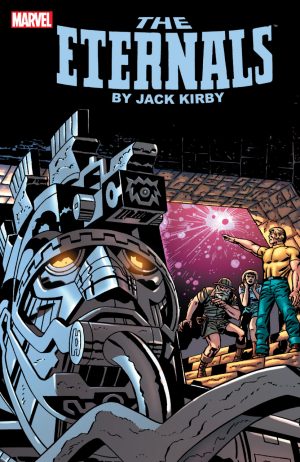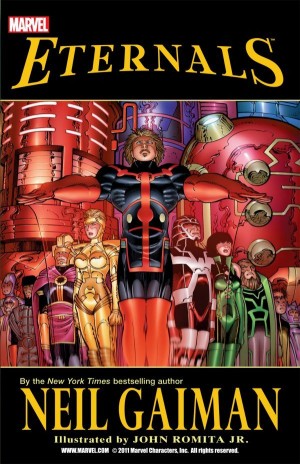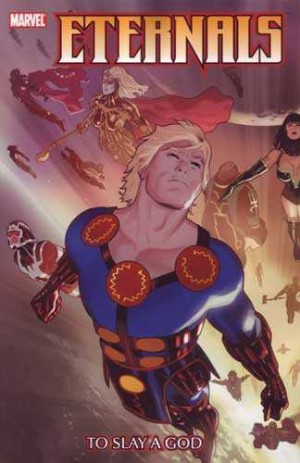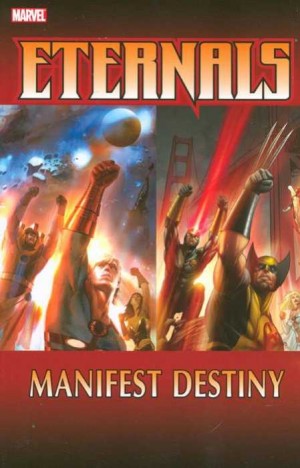Review by Frank Plowright
A fourth volume presenting stories spun off from a single pivotal change to various points in Marvel history makes little progress in raising the quality level. In too many cases a moment changes, such as Spider-Man managing to save Gwen Stacy’s life, but this doesn’t really have any great effect on matters otherwise. Under Tony Isabella he’s still Spider-Man, he’s still fighting his cast of villains, and there’s little difference.
The opener follows up on the story introducing Vol. 1, as Invisible Girl, as she was then, marries Namor, the Sub-Mariner, while Spider-Man is booted off the team early. It makes what remains a standard Fantastic Four story, with Reed Richards desperate to win his former girlfriend back, the saving grace being the sight of Gene Colan drawing the Fantastic Four in action. It’s polished and accomplished, possibly the best art seen on the series to date. There’s some competition for best art of the collection, though, as Gil Kane pulls out all the stops on the Spider-Man story, having disappointed in Vol. 1.
Dr Doom becomes a hero using witchcraft, in gold armour instead of silver, and as fetching as the volume cover is, it actually has very little to with the Hulk finding happiness with Jarella. Captain America becoming U.S. President doesn’t amount to much either. It leaves Peter Gillis with artists Rich Buckler and Dave Simons responsible for the best story here, in which Thor defies Odin’s edict to ditch his true love Jane Foster. He gathers the Avengers to take on Odin, and we’re given a scheming Loki and an interesting ending.
Despite the stories continuing in their own mundane way, Mark Gruenwald becoming editor of the original comics results in a series of back-up strips looking at the history of the Eternals and associated characters. Gruenwald writes the first, showing the Celestials tinkering with human evolution, and Ralph Macchio the next. They’re drawn respectively by Ron Wilson and Rich Buckler pulling out their best Jack Kirby imitations, with Wilson’s Celestials looking great. There’s also a glimpse into the future (or Vol. 6) in which some of the more ridiculous suggestions for stories are produced. Here it’s Steve Skeates and Alan Kupperberg having a try at ‘What If Aunt May Became Spider-Man?’ It’s meant to be silly and it stands the test of time for anyone who remembers Aunt May as she was before the 21st century dignified makeover.
The final short is by Steven Grant and Herb Trimpe, and has Man-Thing with the brain of Ted Sallis. As Man-Thing can’t speak, there’s no substantial difference, but this is a neat 1970s horror story that’s better than most of the lead features.
In 2019 most of these stories were combined with Vol. 3 and re-released as the second volume of What If?: The Complete Classic Collection, with the final few carrying over into the following volume, and the first couple of stories can also be found in the oversized What If?: The Original Marvel Series. Will Vol. 5 be any better?
